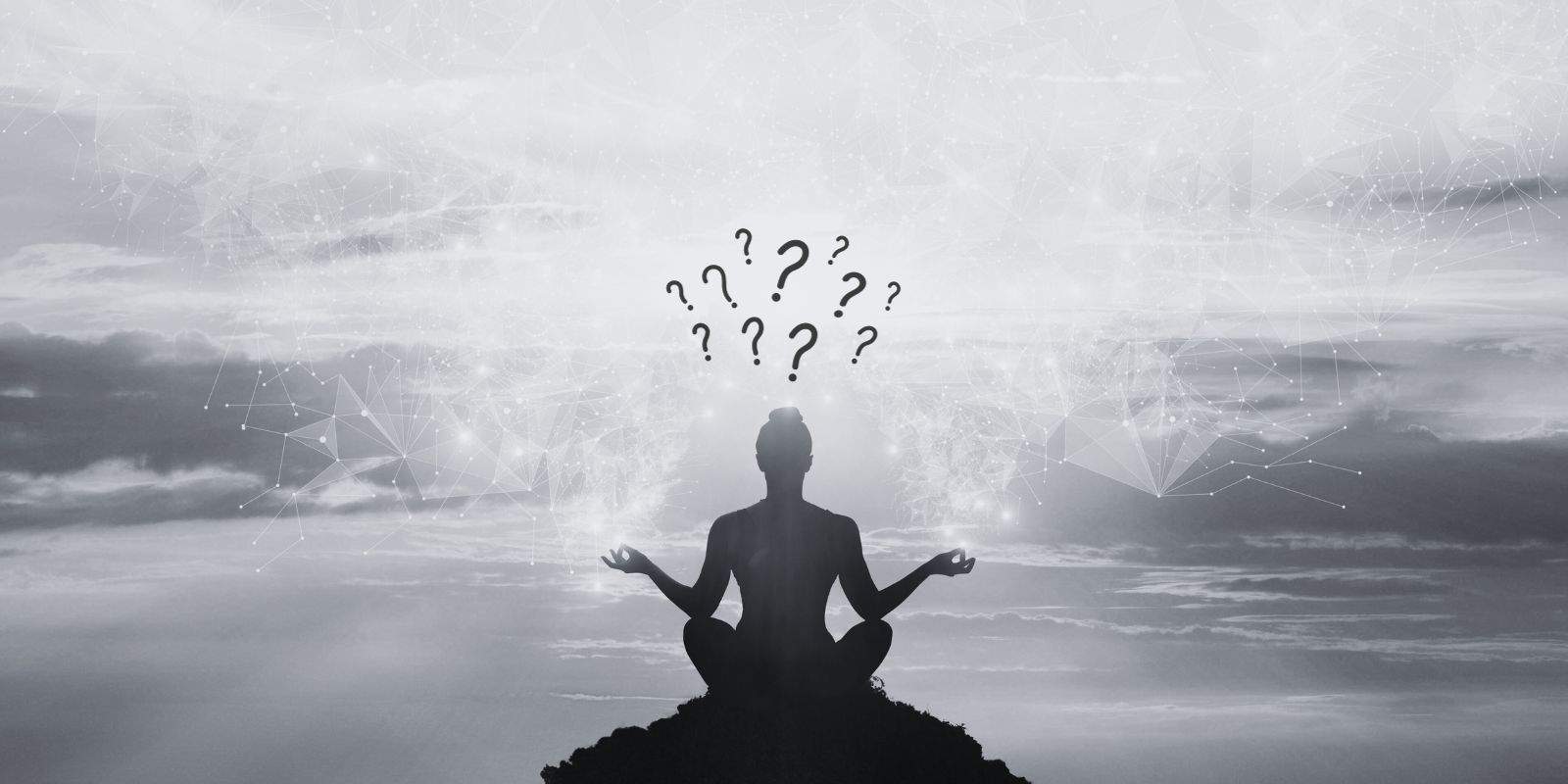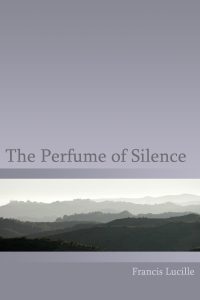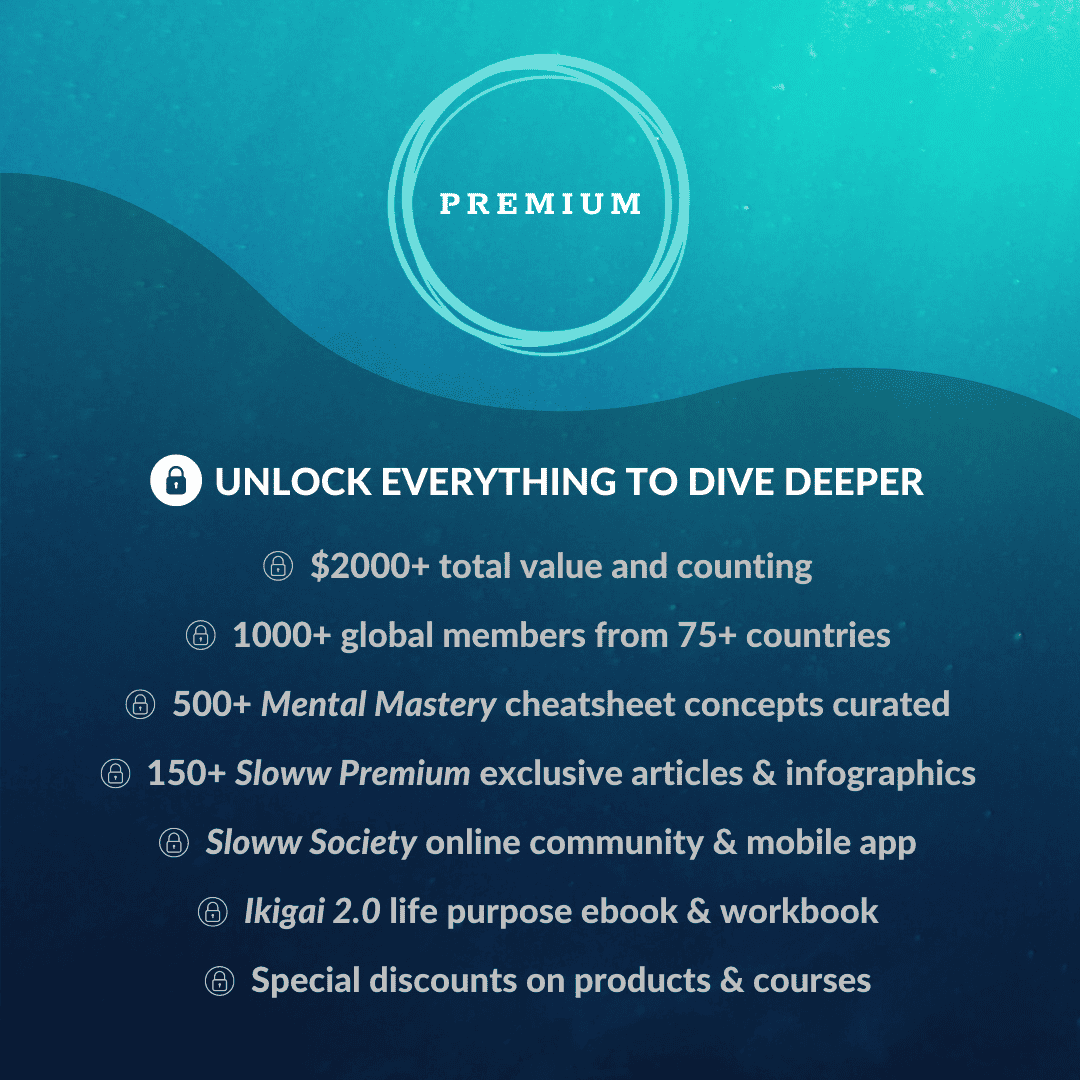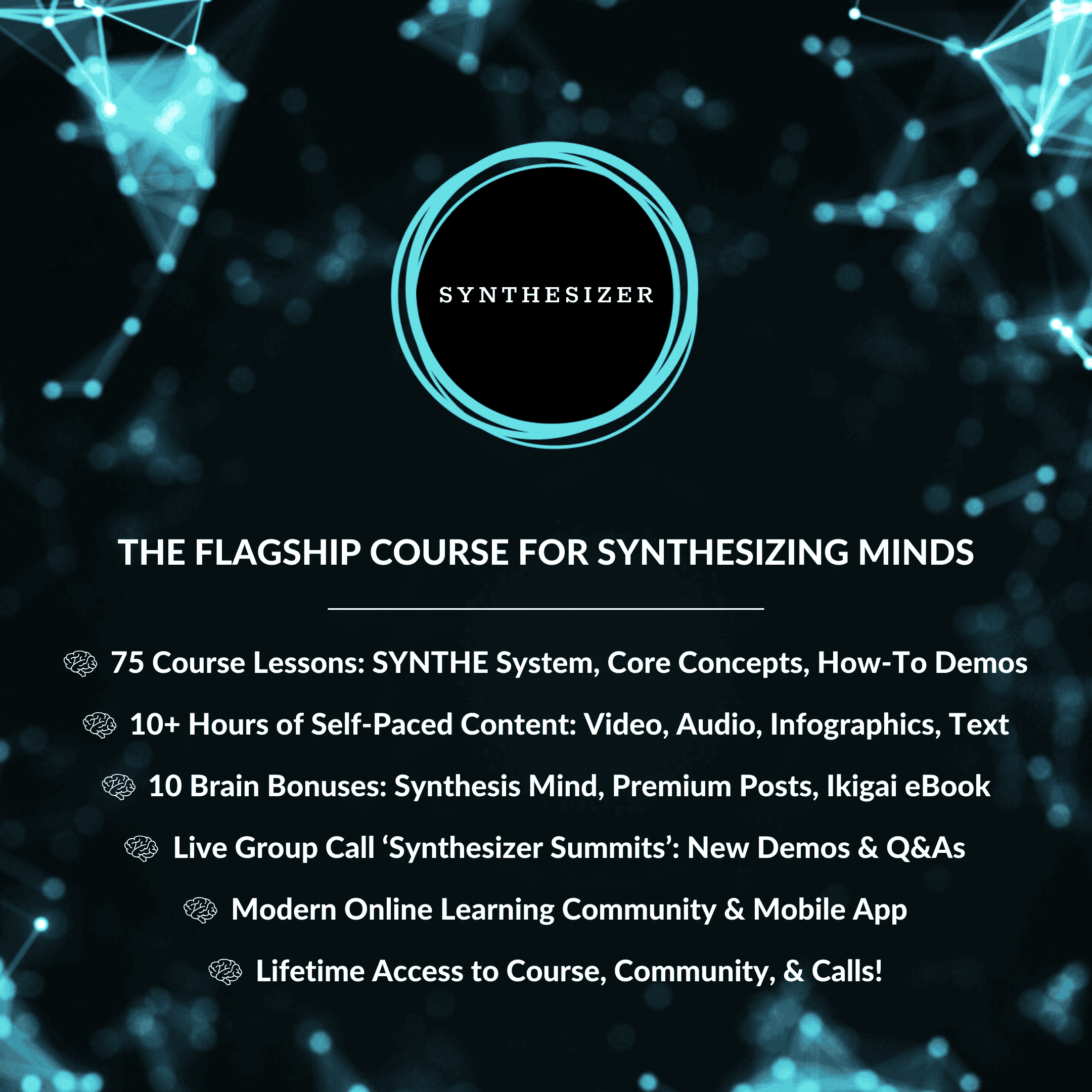The following excerpts come from The Perfume of Silence by Francis Lucille, and the foreword by Rupert Spira (Amazon).

What’s between Question & Answer? (Francis Lucille & Rupert Spira Excerpts)
From Francis Lucille:
“Understanding doesn’t happen in the mind … Understanding understands itself. It returns us to our true nature, consciousness, which is pure intelligence … After this timeless experience of understanding, the mind reappears with the thought, ‘I understood such and such.’ With this thought the ego is created as the supposed ‘understander,’ but the truth of our experience is that when the understanding took place, in the moment when consciousness recognized itself, the ‘I’ was not present, the mind was not present.”
Between question and answer:
- “Understanding doesn’t happen in the mind. We may ponder a question and at some point the question vanishes and we have a flash of understanding, of insight. When the question is present, the answer, the understanding, is absent. Likewise, when the answer appears, the question has by definition disappeared. Then we say, ‘Now I have the answer.’ However, between asking the question and formulating the answer, the mind is not present, because the mind is simply the questioning and formulating process. It is at precisely this timeless moment when the mind is not present, between the question and the formulation of the answer, that understanding takes place. Therefore, if neither the question nor the formulation of the answer is present when understanding actually takes place, it cannot be said that we understand a thought.”
Understanding understands itself:
- “What is it then that we actually understand? Understanding understands itself. It returns us to our true nature, consciousness, which is pure intelligence. It is the answer. Understanding doesn’t take place somewhere. It is our true nature. After this timeless experience of understanding, the mind reappears with the thought, ‘I understood such and such.’ With this thought the ego is created as the supposed ‘understander,’ but the truth of our experience is that when the understanding took place, in the moment when consciousness recognized itself, the ‘I’ was not present, the mind was not present.”
Example Question: “Are you a conscious being?”
- “In order to answer the question as to whether or not we are a conscious being, we must first go to that place from which the certainty of our answer ‘Yes’ comes. The mind ceases to exist when we reach that place. It has no memory of that place in which it is absent. However, that doesn’t imply that this consciousness without an object is not experienced. When we ask ourselves, ‘Am I a conscious being?’ we pause for a moment and then answer with absolute certainty, ‘Yes.’ What happens in that pause? The mind cannot say because the experience has no objective qualities that can be remembered or formulated. However, it is from precisely this non-objective experience that our certainty is derived. This certainty is very different from the certainty derived from an object-based experiment. Any object-based experiment could be a mirage. For instance, if we say, ‘I saw my shirt on the bed,’ we may have been mistaken. We all know examples of thinking we had seen something, but not having done so. Therefore, object-based knowledge is always under legitimate suspicion, but not consciousness, because we have no doubt that we are conscious. It shines with absolute certainty. It is knowledge of a different order. In fact it is not appropriate to use the word ‘knowledge’ in this context because, in our normal understanding of the word, ‘knowledge’ always refers to an object. The words ‘consciousness,’ ‘love,’ ‘happiness,’ and ‘beauty’ don’t refer to objects. The experience they refer to is timeless and objectless, and therefore doesn’t leave any trace in memory, although it transforms the mind. That is what happens when we understand something.”
Takeaway: Understanding is a timeless experience of true nature
“In the moment of understanding a sentence for instance, the sentence itself has ended, has ceased to exist. The understanding takes place in a timeless moment when the mind, the content of the sentence, is not present. The mind subsequently reappears with the formulation of the understanding. However, the moment of understanding itself is timeless, it is an experience of our true nature. It is consciousness experiencing itself. After the understanding the mind is transformed, its content is changed. Consciousness has power over the mind, the body, and the world.”
From Rupert Spira:
“The true content of both the answer and the question is this openness, this not-knowing, out of which they both arise, in which they are both maintained, and into which they are both dissolved. It is that which is present behind, between, and within the words.”
A question comes from openness and the feeling ‘I don’t know’:
- “Before the formulation of a question there is the feeling, ‘I don’t know.’ It is out of this openness at the level of the mind that a question comes. This openness is expressed the only way the mind can express something, through concepts, but the true essence of the question is the openness from which it originates. We could say that a question is this openness in the form of a concept; it is the shape that ‘I don’t know’ takes in the mind.”
An answer dissolves the question and returns to openness:
- “When this question is received by someone who is simply present as this openness, the openness again takes the form of conceptual thinking and delivers an answer. The purpose of the answer is not to perpetuate the conceptual thinking that is present in the question, although sometimes a dialogue may take place at that level. The purpose of the answer is to put an end to the question, for a question only ceases to be a question when it is truly answered. That which puts an end to the question is that which dissolves the concept, the form in which the question was asked, and that into which the question is dissolved is that from which it came in the first place, openness. There is nowhere else for it to go. So we could say that the answer undresses the question and returns us to naked openness, to the original not-knowing.”
Difference between openness before and after:
- “The difference between the openness before the question and the openness after the answer is simply that, because the question has been satisfactorily answered, there is at least temporarily a cessation of agitation in this openness, there is no impulse to escape from it into conceptual thinking, and in this moment we therefore have a glimpse of our true nature; openness experiences itself as such. So nothing new is given by the teacher. The question contains the answer, in fact it arises out of the true answer. If this were not the case, if we did not already know the answer, how would we recognize it when we hear it? From where would that ‘Yes’ that we feel when we understand something come from?”
One and the same openness:
- “The openness from which the question arises and the openness from which the answer comes are not two different opennesses, they are one and the same. The asking of the question is the creative aspect of this openness. Its dissolution is the meditative aspect, the dissolving of all that exists in that which is. If we ask, ‘What is the purpose of a question? Why this movement, this creativity, why not just rest?’ we cannot answer because the mind is itself part of the creativity about which we are asking. However, William Blake said, ‘Eternity is in love with the productions of time’ and so perhaps it is just that this openness enjoys revealing itself to itself from moment to moment and this play of dialogues is just one of its many modes of enjoyment. It is a game of hide and seek in which it hides itself and reveals itself at its own pleasure. So the real question is not in the words and the real answer is not in the words either. The words must vanish for their true meaning to be understood and in that moment we realize that we do not understand what is said in these pages; we are that understanding. So the true content of both the answer and the question is this openness, this not-knowing, out of which they both arise, in which they are both maintained, and into which they are both dissolved. It is that which is present behind, between, and within the words.”
Takeaway: It’s a movement from openness to openness
“It is a movement from openness to openness. This is the relationship between the student and the teacher. It is a dance that goes nowhere. We formulate questions out of this openness and they are dissolved again into this openness. It is a divine play in which openness reveals itself to itself moment by moment. The steps of this dance are sometimes fast and sometimes slow, sometimes gentle and sometimes austere, sometimes complex and sometimes simple, sometimes intellectual and sometimes heartfelt, sometimes long and sometimes short, but it is always the same dance.”
You May Also Enjoy:
- Browse all simple & short stories





